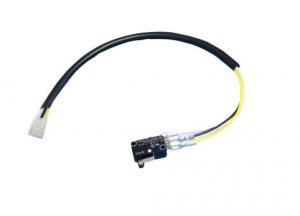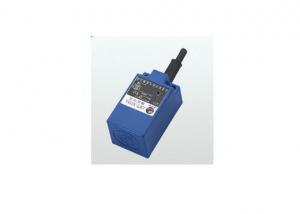Omron Solar Inverter
Omron Solar Inverter Related Searches
Best Inverter Solar Panel Solar Panel On Roof Rack Inverter To Solar Panel Ratio Solar Panel Decking Lights Solar Panel Inverter Box 1000 Watt Solar Panel Inverter 12 Volt Solar Panel Inverter Plastic Solar Lanterns Buy Solar Panel Inverter Solar Panel Inverter CostHot Searches
Type Of Inverter For Solar Types Of Inverter For Solar Used Solar Inverter For Sale Inverter Size For Solar System Solar Edge Inverter For Sale 5kw Solar Inverter For Sale Solar Inverter For Sale Solar Inverter For Battery Solar Inverter For Split Ac Solar Inverter For Laptop Solar Inverter For Fridge Solar With Inverter Price Solar Inverter With 2 Battery Solar Inverter Price In China Best Solar Inverter In China Solar Inverter Price In Dubai Solar Inverter Price In Uae Solar Inverter Price In Kenya Solar Inverter Price In Kerala Solar Hot Water Collectors For SaleOmron Solar Inverter Supplier & Manufacturer from China
Okorder.com is a professional Omron Solar Inverter supplier & manufacturer, offers integrated one-stop services including real-time quoting and online cargo tracking. We are funded by CNBM Group, a Fortune 500 enterprise and the largest Omron Solar Inverter firm in China.Hot Products
FAQ
- The power factor of a solar inverter typically refers to the ratio of the real power to the apparent power consumed by the inverter. It represents the efficiency of the inverter in converting DC power from the solar panels into AC power for use in the electrical grid. A high power factor indicates a more efficient inverter that minimizes reactive power losses.
- When choosing the right voltage rating for a solar inverter, it is important to consider a few factors. First, you need to determine the voltage of your solar panel array. This will help you match the inverter's voltage rating to ensure compatibility. Additionally, you should consider the voltage requirements of your electrical grid or any appliances you plan to power. The inverter's voltage rating should align with these requirements to ensure efficient energy conversion and safe operation. It is advisable to consult with a professional or an electrical engineer to help you select the appropriate voltage rating for your solar inverter based on your specific needs and system setup.
- The working principle of photovoltaic grid - connected inverter
- Inverter will be converted into alternating current DC, if the DC voltage is low, then through the AC transformer boost, that is, the standard AC voltage and frequency. For large-capacity inverter, because the DC bus voltage is high, AC output generally does not require transformer boost that can reach 220V, in the small and medium capacity of the inverter, because the DC voltage is low, such as 12V, 24V, It is necessary to design a boost circuit.
- One way to monitor the performance of a solar inverter is by using a monitoring system or software specifically designed for this purpose. These systems typically collect data from the inverter, such as energy production, voltage levels, and operating parameters, and provide real-time analytics and reports. By regularly reviewing this information, any anomalies or issues can be quickly identified and addressed, ensuring the optimal performance of the solar inverter.
- Yes, a solar inverter can be repaired or serviced. In case of any malfunction or issues, a qualified technician can diagnose and fix the problem. Regular maintenance and servicing can also help prolong the lifespan and optimize the performance of a solar inverter.
- MPPT (Maximum Power Point Tracking) improves the performance of a solar inverter by optimizing the power generated from the solar panels. It continuously adjusts the operating voltage and current to ensure that the solar panels are operating at their maximum power point, which is the point where they generate the most power. This allows the solar inverter to convert the maximum amount of solar energy into usable electricity, resulting in increased efficiency and improved overall performance.
- The key factors affecting the reliability of a solar inverter include the quality of components used, design and manufacturing processes, environmental conditions, maintenance practices, and the level of protection against electrical faults.
- The role of reactive power control in a solar inverter is to maintain the power factor of the system by managing the flow of reactive power. This helps to improve the overall efficiency and stability of the solar power generation system. Reactive power control ensures that the inverter can supply or absorb the necessary reactive power to balance the system, compensate for reactive power losses, and meet the grid requirements.













































